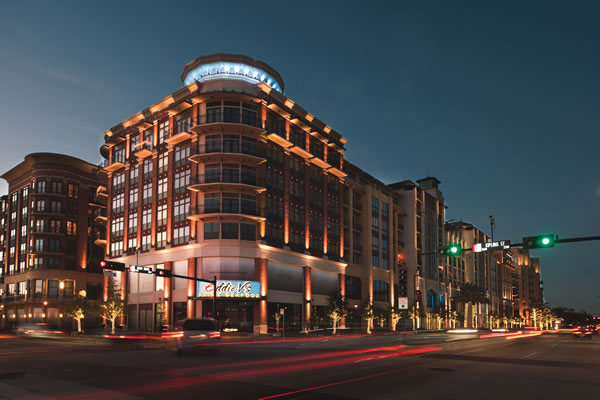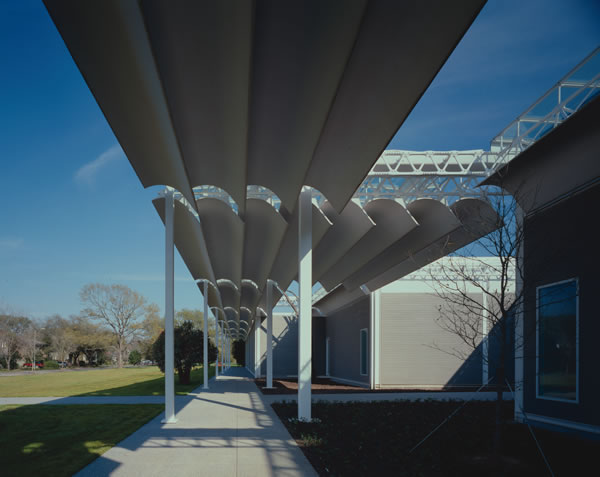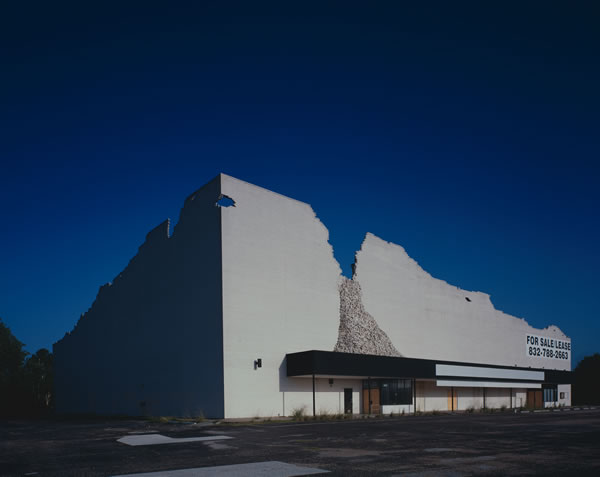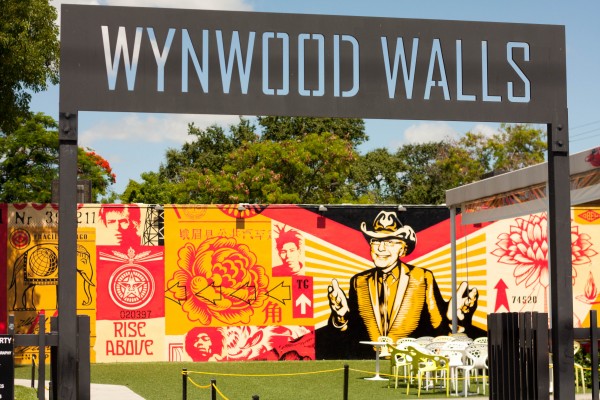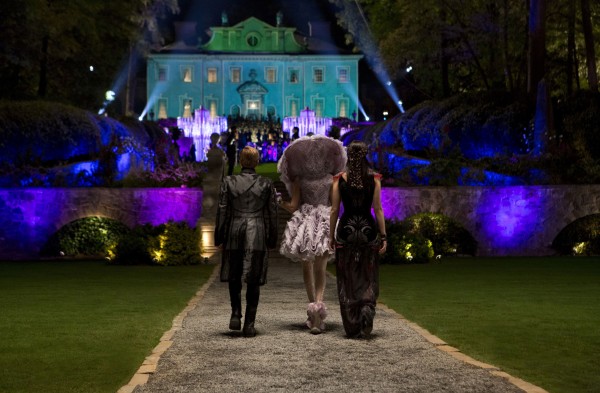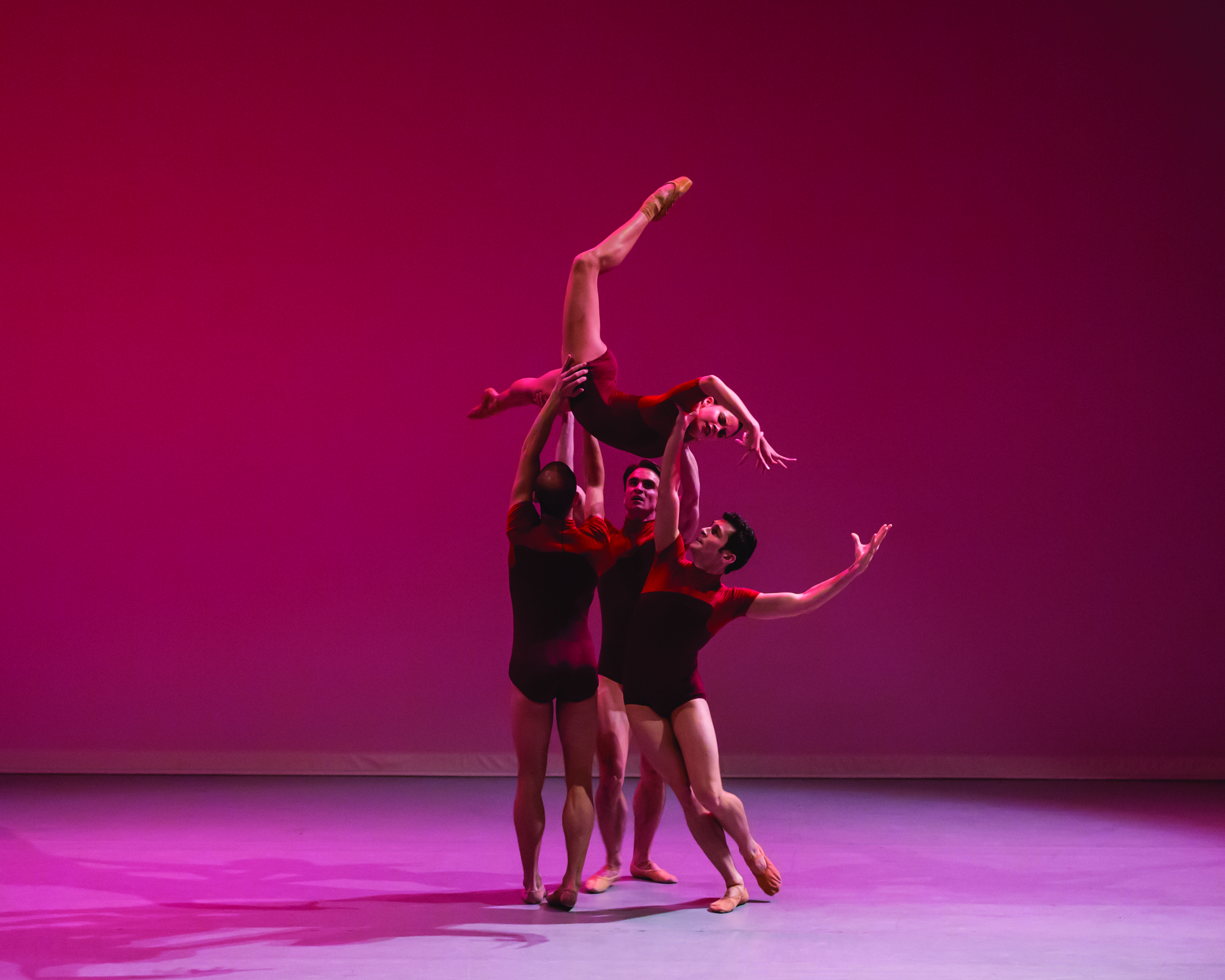Over the last 30 years, acclaimed architectural photographer Paul Hester garnered a reputation as a de facto historian while shooting Houston’s most iconic landmarks.
By Rod Evans | Photos by Paul Hester
From the grand Williams Tower in Uptown District to the
world-class Menil Collection, it’s possible that the only person who knows these iconic structures in Houston better than the architects themselves is architectural photographer Paul Hester, who has enjoyed a long and illustrious career photographing some of the most majestic buildings in the Bayou City.
Hester, 64, was born in Nashville, and as early as he can remember has had a fascination with cameras. “As early as 8 years old, the camera has been a source of fun for me,” Hester recalls. “My dad would let me hold the Kodak and take pictures, and I got serious about photography in high school when I worked on the school yearbook staff.”
After Hester graduated from high school, he came to Houston in 1966 to study architecture at Rice University, but his love for photography never waned. In his senior year of college, he switched his major to art with an emphasis in photography. After receiving his Bachelor of Arts in art from Rice in 1971, he received a Master of Fine Arts from the Rhode Island School of Design in 1976.
From Architect to Artist
As all budding professional photographers, Hester had to start somewhere. So, he turned to his many friends he gained while studying architecture—a serendipitous connection that would soon spark his career.
“When I started, architects were primarily showing their buildings to other architects through trade journals and were using photography of their buildings more to win awards,” Hester says. “The photos were purely about how the buildings were put together and how detailed they were.”
Hester’s career as a professional photographer started taking off by the early 1980s, when a college architecture professor, Will Cannady, hired him to photograph one of his buildings. The architect won a design award based on Hester’s photos, and soon other architects were asking him to take pictures of their structures in hopes of also garnering an award.
“My first paying job was photographing the Prattsville Arkansas Flower Show in 1968, but I didn’t go completely professional until 1981, when I photographed a Fayette County (Texas) ranch house for architect Will Cannady,” he recalls.
Hester’s work regularly appeared in prominent architecture publications, including Texas Architect, the now-defunct Progressive Architecture Magazine and the Architectural Record. His portfolio now includes a wide range of landmarks in Houston—everything from the now-demolished Jefferson Davis Hospital and the Texas National Bank building to the Gerald D. Hines College of Architecture at the University of Houston and the house designed by Philip Johnson for John and Dominique de Menil, founders of the Menil Collection.
Along the way, Hester garnered numerous accolades and worked on prestigious projects, such as the one documenting the public artwork of James Turrell at Rice University. Turrell designed the Skyspace, a permanent structure on the campus that features programmed lighting as part of the art experience. Hester photographed the magnificent structure’s opening for publication materials as well as for the university’s website.
He also worked on photographic assignments for Rice Design Alliance’s publication, Cite Magazine, for more than 20 years, which made him a de facto historian recording the myriad changes in Houston’s “built environment.” One particularly unusual project with Cite was an in-depth article by William F. Stern about parking garages in Houston.
“The structures are ubiquitous; it was an opportunity to take a critical look at the diversity of approaches to the problem of car storage,” Hester says.
In 2010, the Texas Society of Architects recognized Hester with its Excellence in the Promotion of Architecture Through the Media award, an honor that touched him deeply. “That was a great honor, especially since it came from people I’ve been working with for 30 years. It was a good feeling to be recognized,” he says.
In 2011, Architecture Center Houston hosted the exhibit “Doing Time in Houston 1966 – 2011,” which featured Hester’s photography from the 1960s to the present day.
“I put together pictures from my first decade in Houston and went back to the old locations and photographed what I did before and combined the images in Photoshop, so you can see a little of the old and a little bit of the new at the same time,” he explains.
The Hester Style
As a photography lecturer in the department of visual and dramatic arts at Rice University since 2003, Hester relies heavily on a creative use of light and shadows in his work and seeks to connect the building with its surroundings.
“It’s important to me to show the building in context, so I give a lot of room around the photo,” Hester explains. “I respect the viewer enough that if I give them the entire image they will see what’s important as opposed to zooming in on an object and saying, ‘Look at this neat angle or shadow.’ I love those details, but by themselves there’s not sufficient information.”
Hester, who has two sons with his wife Lisa Hardaway, also a Houston photographer, says Houston is an ideal location for an architectural photographer for several reasons. One is the area’s close proximity to several highly regarded schools of architecture—Rice University, University of Houston, as well as Texas A&M University—which all have well-regarded architecture programs that produce talented graduates. Other factors are Houston’s favorable weather and the city’s reputation for not preserving its structural heritage. Despite preservation efforts that have picked up steam in recent years, Houston developers routinely bulldoze historic or notable buildings in order to construct new ones, providing an abundance of work for architects, builders and architectural photographers.
A photographer who fully embraces the ease and convenience that digital cameras offer over film cameras, Hester’s primary tools today are his Nikon D3X digital camera and 28-millimeter Nikon Perspective Control lens.
Hester continues to work on a variety of visual arts projects, including a book with architectural historian Stephen Fox that documents the architecture of legendary Texas architect Birdsall Briscoe (1876 – 1971), however, he says he dedicates the majority of his time to teaching others his trade.
“Houston’s a great place to be an architectural photographer,” Hester says. “There’s so much open space, and people are always building something. My wife sometimes says I need a hobby, but I say, ‘I don’t need a hobby. I’m a photographer.’ ”

